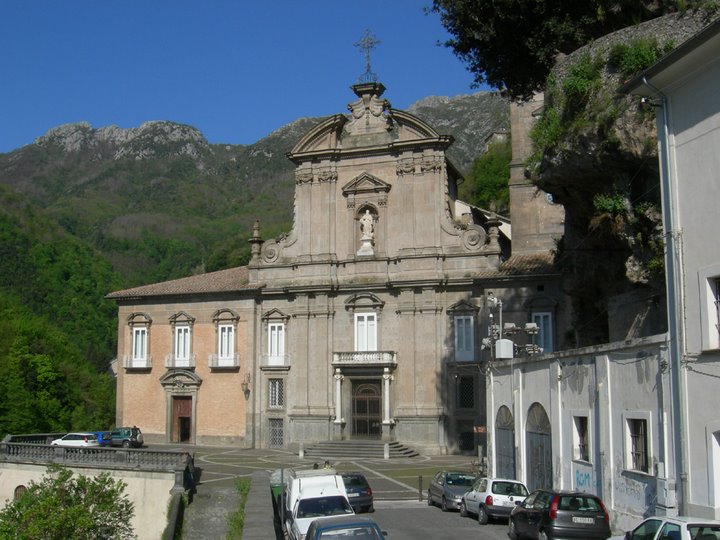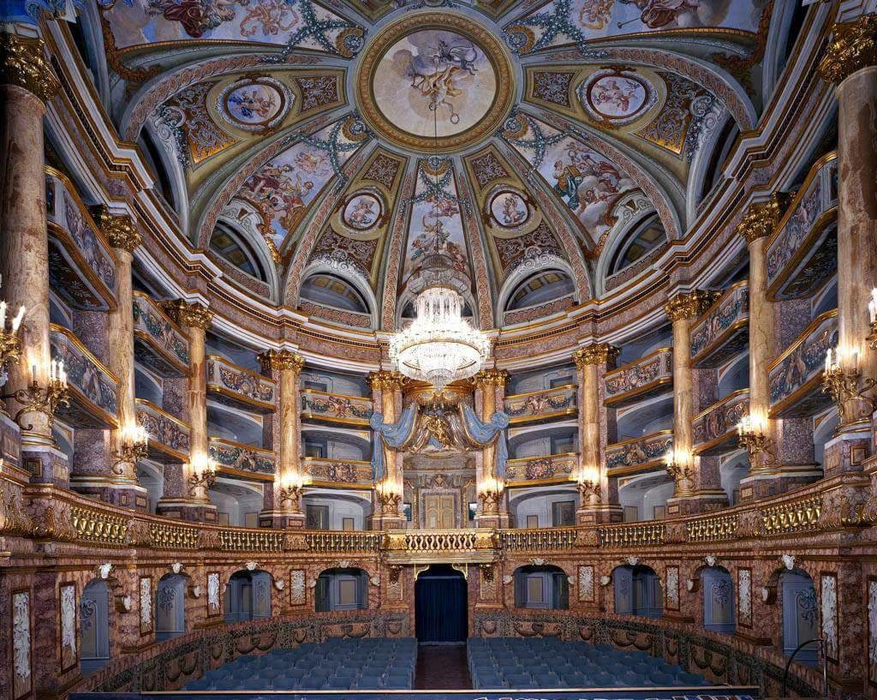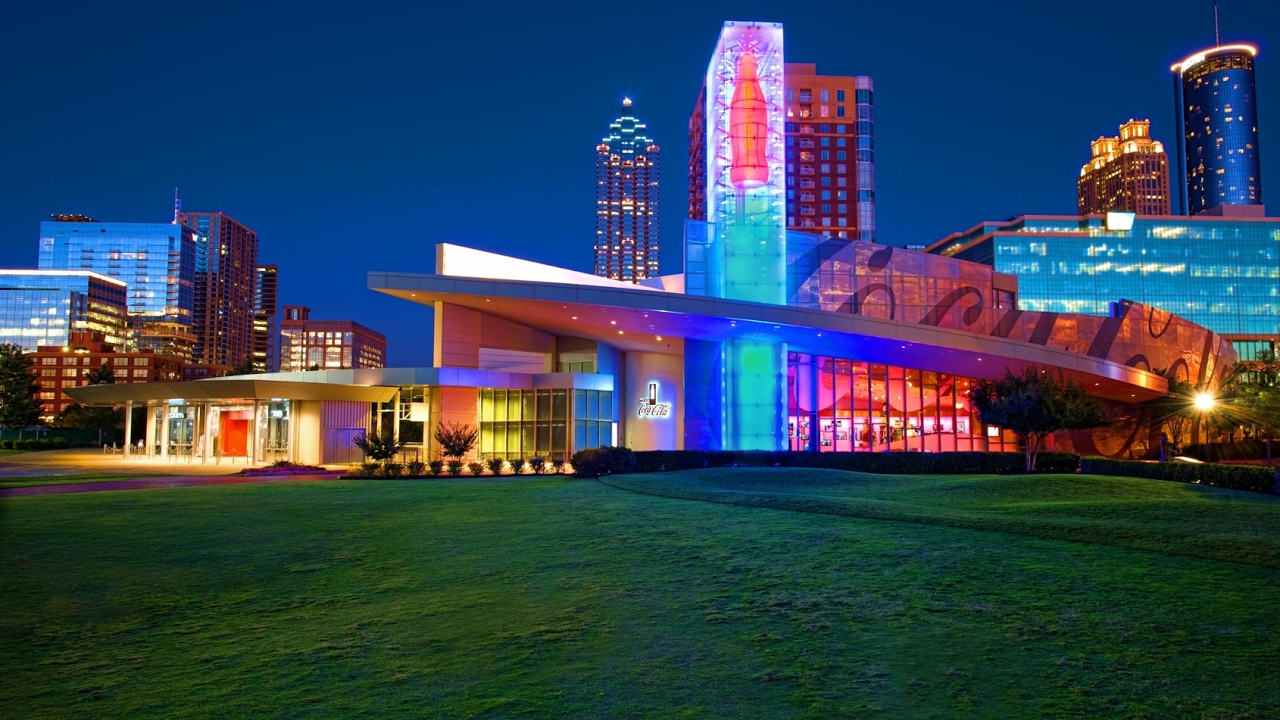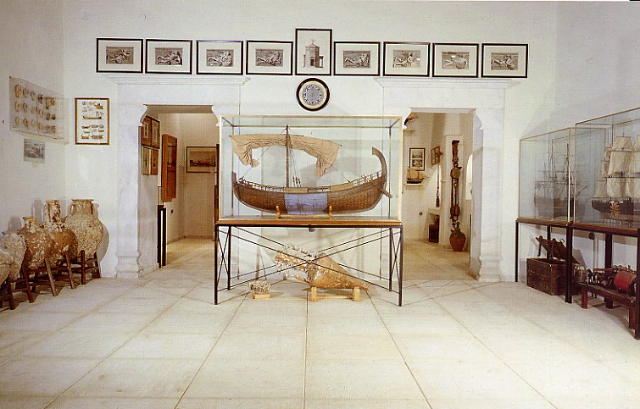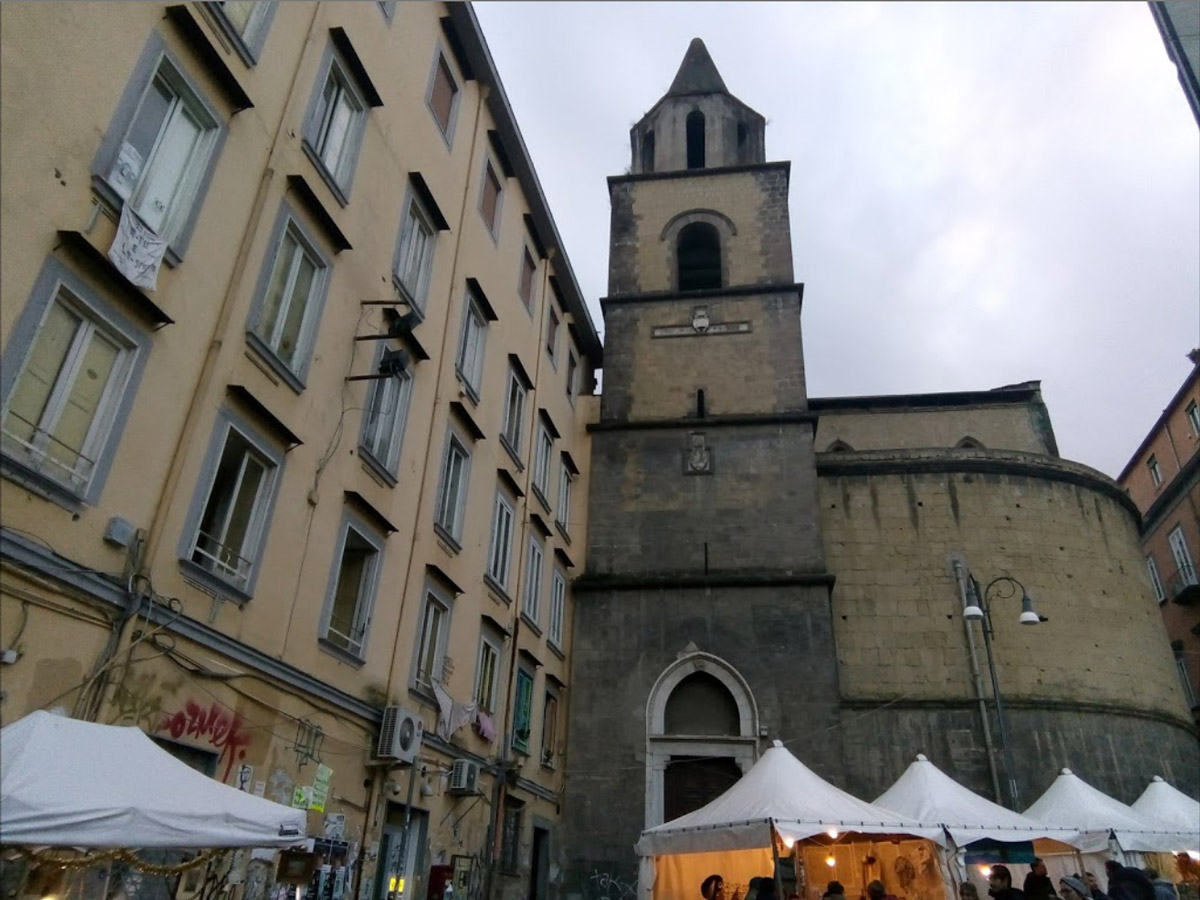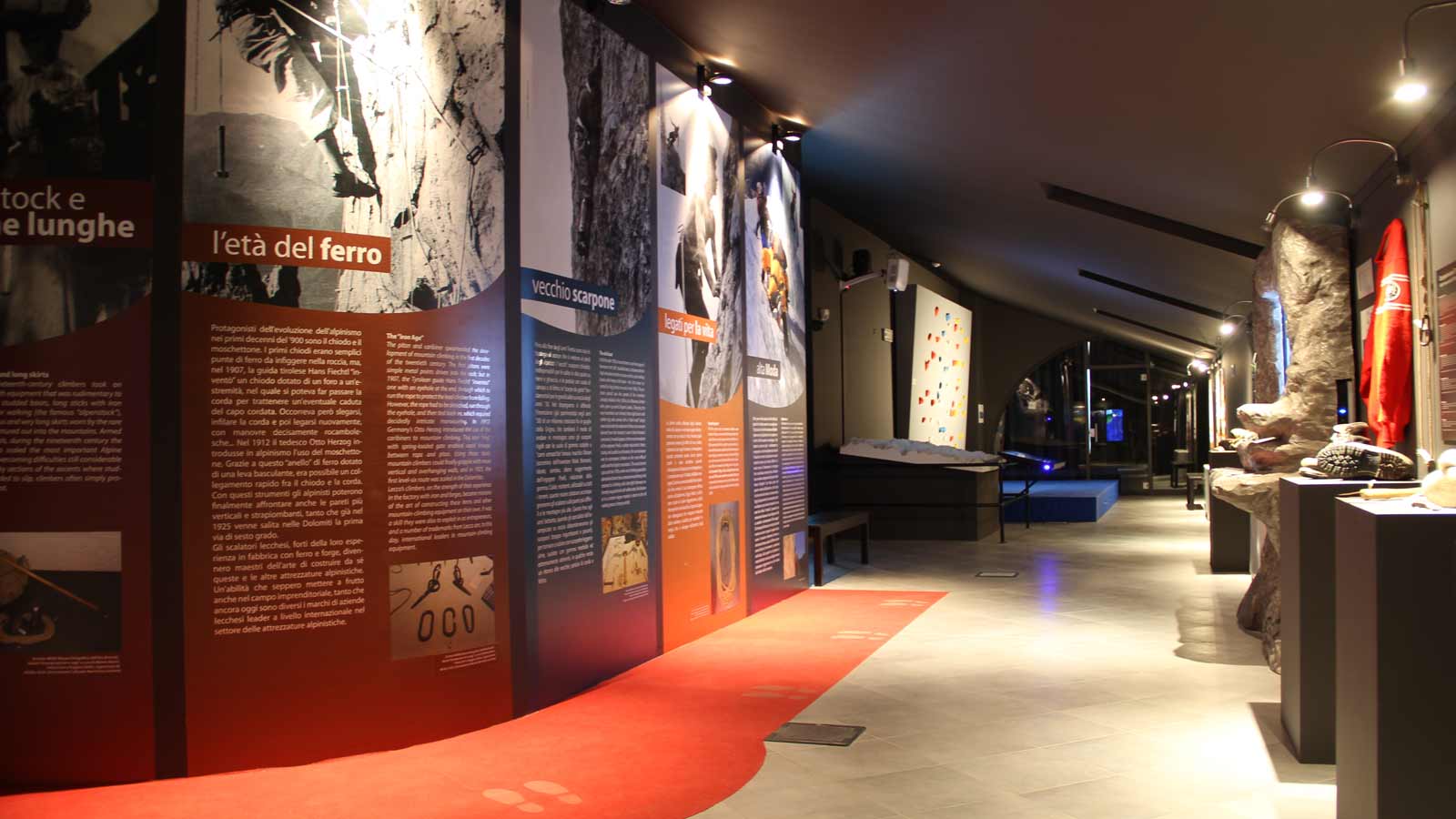The Museum of the Benedictine Abbey of the Holy Trinity of Cava is housed in an ancient hall of a thirteenth-century building near the monastery. Inside are preserved the sacred works of the Benedictine Abbey. Located about three kilometers from the town of Cava de’ Tirreni, the Abbey is one of those little known jewels not only of Italy but of the West. It was a hermit saint, S.Alferio, who founded it, a nobleman from Salerno, who in 1011 retired under the great Arsicia cave to lead a hermit’s life there. The rush of disciples led him to build a small monastery that grew over the years. St. Alferius died in 1050. The abbey houses dozens of works of art, some of which are of universal value. Among them the library and the archive. The library of the Abbey has more than 80,000 volumes. The volumes are catalogued and arranged in three rooms. The most represented sciences are Patristica, Theology, Law and above all History. It is the Archive that has made the abbey famous. In the two very elegant rooms of the end of the 18th century more than 15,000 parchments are preserved, the oldest of which dates back to 792. Among the most famous codices are the Visigothic Bible of the 9th century, the Codex Legum Langobardorum of the 11th century, and the De Temporibus del Ven, Beda of the 11th century, at the margins of which the monks noted the most important events of the abbey and of the contemporary world.
